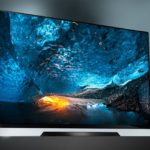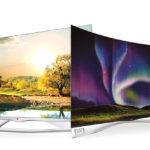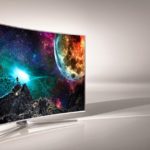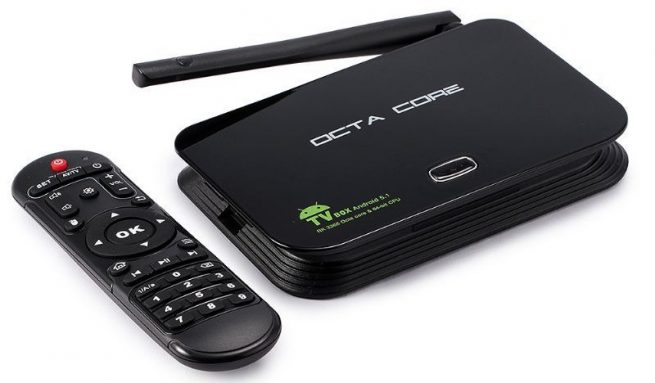What are OLD TVs
Progress these days is taking place by leaps and bounds. The technology that surrounds us is becoming more and more progressive. Televisions are not far behind. Increasingly, they use various solutions that greatly improve their characteristics. Not long ago, television receivers with OLED technology saw the light of day. They were immediately far ahead of other brands of television devices. Let's try to figure out what lies behind the abbreviation OLED and what advantages it has.
The content of the article
What is special about the technology?
An OLED TV is a television receiver whose screen represents a matrix. Its main element is organic light-emitting diodes. From the first seconds, it is almost impossible to understand how organic elements are combined with electronics. Electrical impulses passing through organic matter make it glow brightly. The various phosphors used in this technology make it possible to obtain light of any color. Using combinations of red, blue and green organic LEDs, a wide variety of colors can be achieved. Using this technology on TVs allows you to get a huge number of undeniable advantages, but there are also disadvantages.

What are the advantages of OLED TVs?
Speaking about the positive aspects of this design solution, first of all it is necessary to note the compactness of TVs with OLED technology. They weigh a little. This became possible precisely thanks to the design solution.After all, the organic light-emitting diodes used in the devices make screen backlighting unnecessary.
This makes it possible to save a lot of space, due to which the product turns out to be light in weight. The use of such unusual diodes made it possible to develop matrices with a large viewing angle. This means that from any point the image on the screen will look the same quality. A very useful feature, especially if the whole family gathers near the screen.
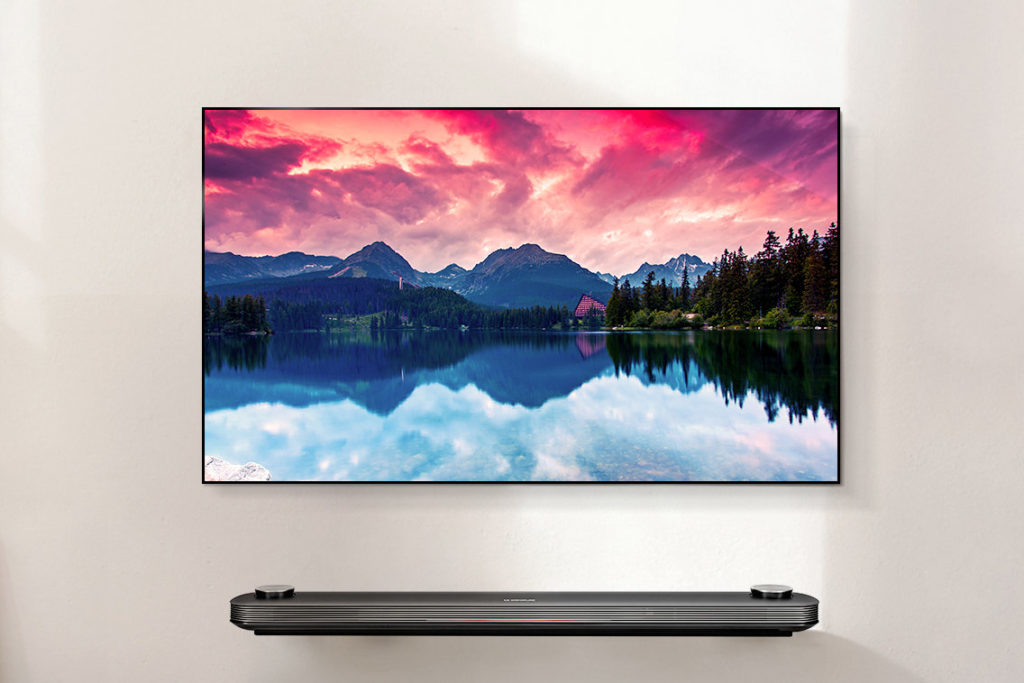
When compared with liquid crystal screens, they have no smaller viewing angle, but lose a slight degree of image quality when the viewing angle approaches a critical point.
The matrix of such receivers has a minimum response time. This means that even very dynamic scenes or moments when there is a sharp change in the picture, no inertial trace will be visible on the screen.
Brightness and contrast deserve special attention. LEDs used in OLED technology provide a bright light over a wide range. You can watch comfortably both at night and in bright daylight. Other TV models cannot boast of such parameters.
The contrast that the technology allows to achieve reaches values of 10,000,000 to one, and sometimes exceeds this value. Organic LEDs make this possible.
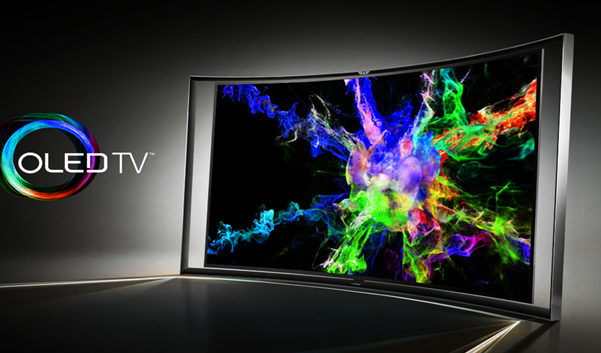
If we talk about cost in terms of electrical energy consumption, OLED TVs are the leaders. They consume much less electricity than their competitors.
Of course, not every buyer is very interested in this, but this is a fact. It’s good that engineers are not only concerned about improving the performance of their products, but are also thinking about reducing energy consumption.
Price category
OLED technology is currently relatively young, so today, devices running on this technology are still quite expensive for the average buyer. However, one can gradually observe a downward trend in cost. We can safely say that soon devices with this technology will become more accessible to a wide range of buyers.

